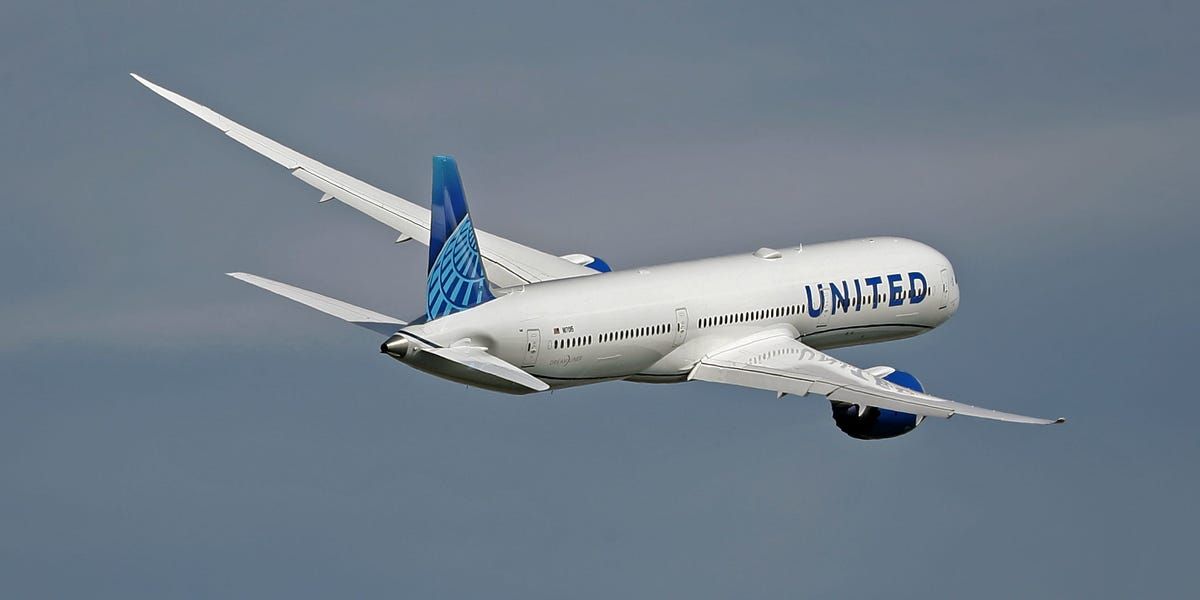Lower-income Americans pay for wealthy's credit card rewards, some economists say
Have you ever gotten a free flight because of your Delta SkyMiles card? Or maybe you get the advantage of walking through the quick TSA PreCheck line at the airport instead of waiting on the typically very long general security line because of your Capital One Venture Rewards Card.
About 90% of all credit card spending is on rewards cards. If you play the game right and maximize your rewards, you could save at least a few hundred dollars every year.
"We have created an ecosystem where we have kind of essentially been giving a drug to the consumer, which is these rewards cards," said Sumit Agarwal, a finance professor at the National University of Singapore. "And the reason we keep giving this drug is we know it's highly profitable and we know the consumer is addicted to it."
More from Personal Finance:
5 ways to start paying down credit card debt
Does America's credit habit make a recession inevitable?
What to do as credit card rates keep climbing
In 2019, in return for all the spending on these types of credit cards, the largest U.S. banks paid out nearly $35 billion in rewards. But where's that money coming from?
In that same year, banks reported more than $140 billion in revenue from all credit cards. That is from three main revenue sources: $9.9 billion in fee income, $89.7 billion in interest income and $41.3 billion from interchange, or swipe, fees. More than half of that revenue comes from rewards credit cards, according to Agarwal.
Agarwal and other economists, in a study, concluded the rewards credit card system creates an estimated annual redistribution of more than $15 billion from less to more educated, poorer to richer, and high- to low-minority areas — widening existing disparities. That means there's $15 billion that could be distributed in a different way to achieve greater equality.
Source: CNBC


